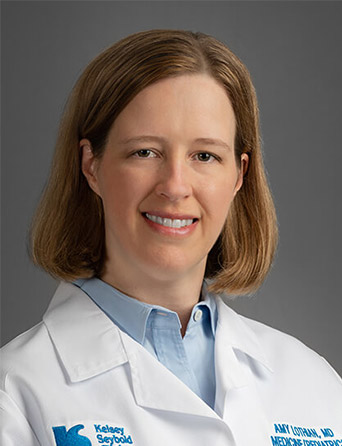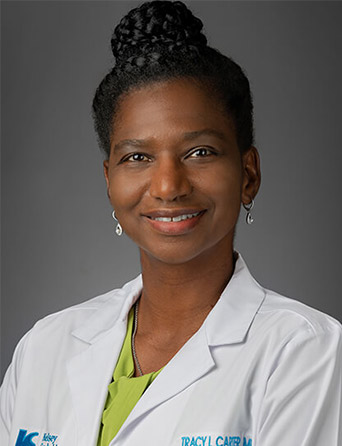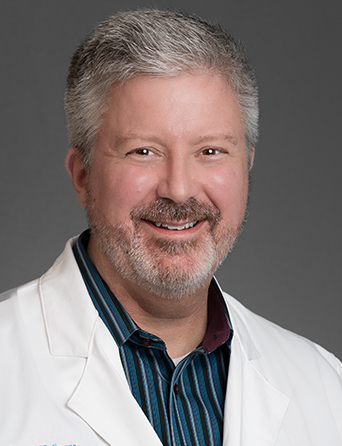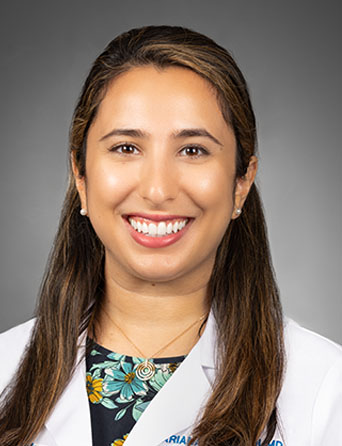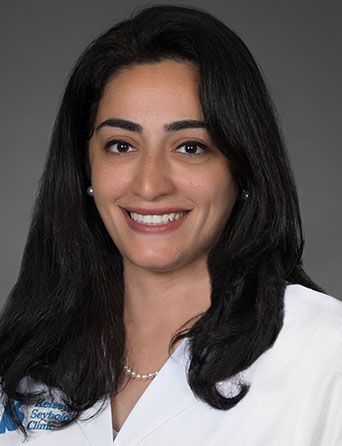Join Our eNewsletter!
Subscribe to our monthly newsletter to receive encouraging advice to help you lead a healthy lifestyle.

Tips for Managing Winter Blues
Up to 10% of Americans experience seasonal affective disorder (SAD) - a seasonal form of depression - depending on their geographical location. While anyone can have a bad day, it's important to understand what makes SAD different.
Understanding Seasonal Affective Disorder
People with SAD experience mood changes and symptoms similar to depression. Symptoms can range from mild to severe to the point it interferes with daily routines. SAD typically occurs during the winter months (January and February in the United States) when there is less sunlight.
Symptoms
In many cases, seasonal affective disorder symptoms start mild and get worse as the season progresses. Signs and symptoms may include:
- Feeling sad or listless most of the day, nearly every day
- Having difficulty concentrating
- Feeling hopeless
- Having low energy
- Sleeping too much
- Cravings that result in weight gain
A proper evaluation is key since SAD can be misdiagnosed in the presence of hypoglycemia, hypothyroidism, infectious mononucleosis, and other viral infections.
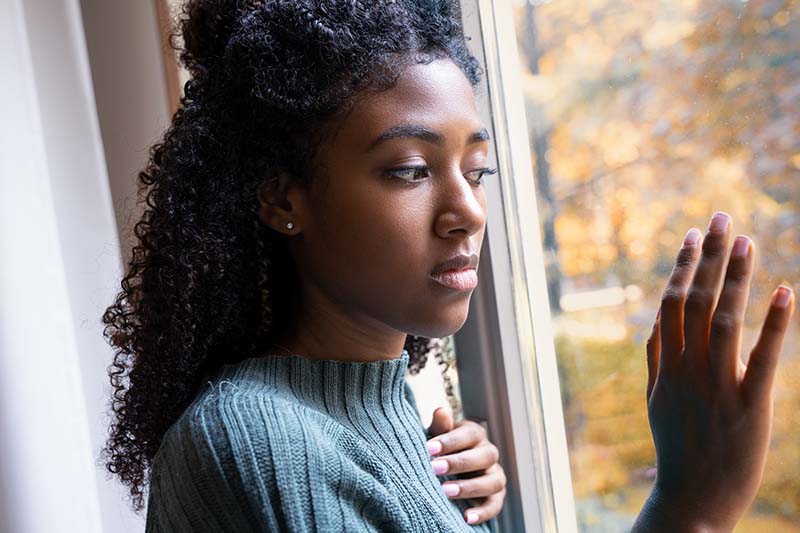
Tips for Managing Seasonal Affective Disorder
Get more light - Light therapy has proven successful for many people experiencing seasonal affective disorder. This therapy produces light up to 10 times the intensity of normal domestic lighting, up to four hours a day. Bright light therapy has been shown to suppress the brain's secretion of melatonin.
Exposure to sunlight outside can also be beneficial, whether it's going outside when clouds are away or sitting near a window during the day at home or work.
Try medication - Taking medication can be an effective treatment for SAD when light therapy isn't effective. Selective serotonin reuptake inhibitors (SSRIs) regulate serotonin levels in your body and improve your mood.
Another option, bupropion (Wellbutrin), can help prevent seasonal depression episodes. This FDA-approved drug to treat SAD offers a daily extended-release tablet taken from fall to early spring. This is most effective for high-risk adults with a history of SAD.
Maintain health and wellness - It's important to focus on health and wellness, especially for those who have experienced seasonal affective disorder in the past. Getting enough sleep, eating healthy, exercising regularly, and staying connected with others can help. Focusing on healthy eating is especially important, since SAD tends to produce carbohydrate cravings that result in weight gain.
Talk it out - Talking to a therapist can help people who experience SAD not feel as alone. Depression often distorts reality, so you can feel alone even around people.
Cognitive behavioral therapy is another means to not only help people with seasonal depression but also reduce the chances of getting it each winter.
If you experience seasonal affective disorder and need help, contact your Kelsey-Seybold physician.
Meet Our Team
Our Internal Medicine physicians provide diagnostics and treatments for adults at Kelsey-Seybold Clinic locations throughout the Houston area, so you’re never far from the compassionate care you need.


